Bedlam, The Real Horror Story Of An Asylum
3 years ago, something dreadful was found during the new metro line construction in London: mass graves with more than 3,000 human skeletons. Investigations showed that some of these people died because of the plague, the ruthless epidemic disease of the time. The rest, however, were the patients being treated in Bethlem Royal Hospital in the 16th century. Here is the terrifying story of these patients, who were murdered by the hospital:
1. After the excavations, it was found that some of the skeletons belonged to the 16th century patients of this hospital.
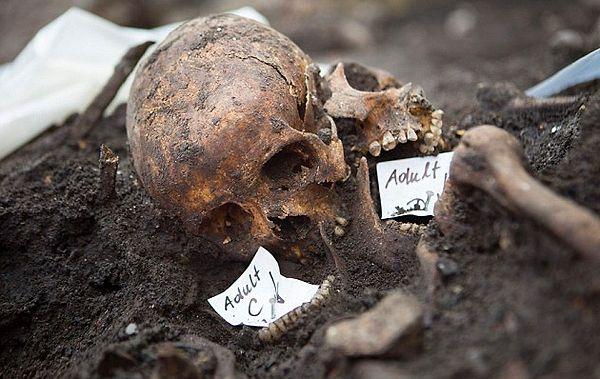
The hospital was also referred to as Bedlam, which means chaos or madness, because of the bad reputation it had. The patients were subjected to unimaginable tortures. The mass grave has a density of 6 skeletons per m3.
2. This hospital was the first, and therefore the oldest, psychiatric hospital in Europe.
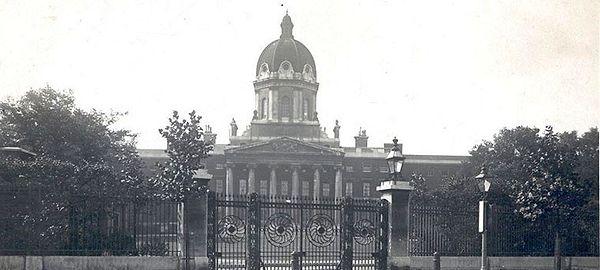
Naturally, the modern treatments we are familiar with today weren't used back then. This hospital, which was founded in 1247, had patients who suffered from intense mental illnesses, people who were prone to committing crimes, as well as people who had epilepsy and learning disorders.
3. One of the torture-like treatments(!) was the "rotational therapy."
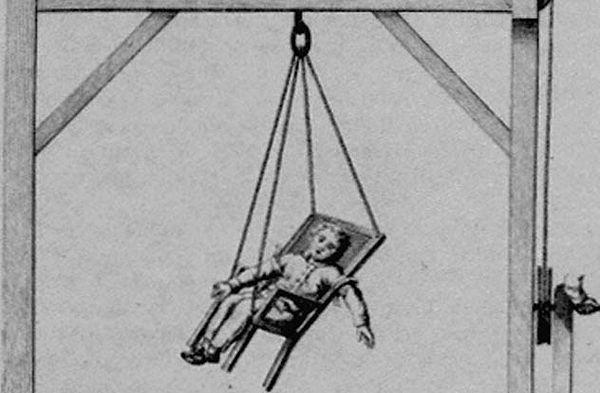
This method, which could actually be the most merciful 'treatment' in this hospital, was developed by Erasmus Darwin, grandfather of Charles Darwin. The patient sits on a chair that hangs from the ceiling and is rotated at a specific speed and for an amount of time according to the orders of the doctor. We aren't quite sure how this might possibly have helped anybody, but most of the patients of Bedlam was subjected to this. Patients, understandably, had symptoms such as vomiting, nausea, dizziness and urinary incontinence; which convinced doctors that the 'treatment' was working.
4. Of course there was so much worse than the rotational therapy.

Today, there are many different kinds of medications and therapies used with neurotic or psychotic patients, however these weren't available in Bedlam back then: what they had instead could even drive a perfectly healthy person crazy. Some of those methods involved ice baths, starvation and beatings.
5. Although it was illegal at the time, the dead patients' bodies were autopsied in Bedlam.
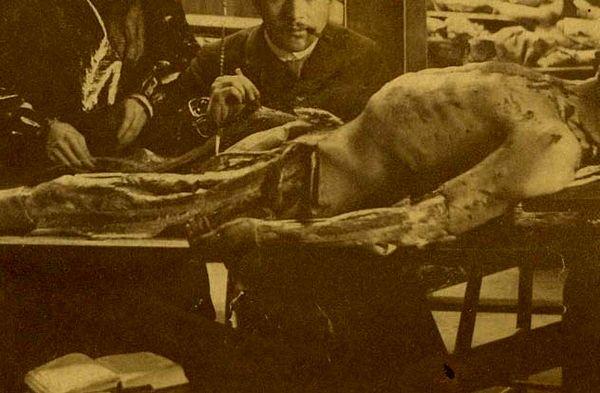
During those times, when anatomical studies were quite popular, it was very difficult to find a body to study. Only the bodies of homeless people, or those who were executed could be used for scientific studies. Hence, corpse theft increased and these thieves started to dig out the newly buried bodies and sell them to medical schools. There was a doctor at the time in Bedlam, Bryan Crowther, who was responsible for overseeing the patients' treatments; however he was more interested in the patients once they were dead. He dissected the bodies and was trying to detect a difference in the brain that could lead to the mental illness.
6. Everything got worse once Bedlam's control was taken from the church and given to the crown of England.
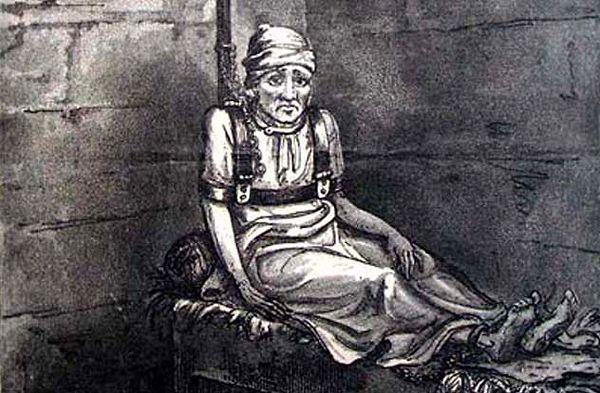
It didn't take long for this move to lead to corruption. Patients weren't given any food anymore; they had to pay for their food, which caused patients to die of starvation in a short time.
7. It started getting better after the visit of Edward Wakefield.
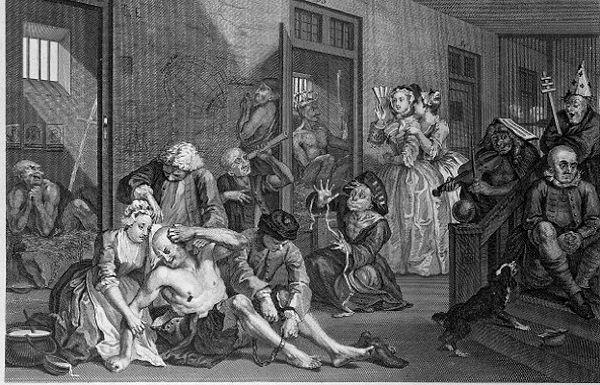
Wakefield witnessed the dire conditions the patients were in. Fully naked, starving patients were chained to the walls. When he asked how long the hospital had been using these treatments, he learned that it had been going on for 9-12 years. He got the board of the hospital to fire doctor Crowther. That's how the hospital started opting for more humane treatments.
8. Another problem was that the hospital was open for visitations from everybody
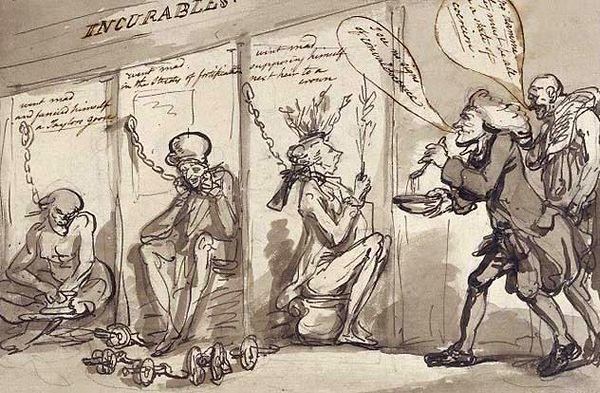
At the time, the situation of the patients in Bedlam was entertaining for others: so much that the rich paid to visit the hospital. During the visits, the patients were chained to the walls so that they wouldn't hurt anybody, and the rich were allowed to go and look around as if it was a zoo.
9. The most important reason why Bethlem turned into Bedlam was that the hospital had to rely on the patients' family and relatives for money.

You might ask 'Why wouldn't their families reimburse the hospital?' During those very different times, people avoided dealing with mentally ill family members; they just left them in the hospital and mostly never came back to visit, as most of the patients came from uneducated and poor families. Considering those times, it is easy to see why those people ended up in an asylum and were the outcasts of society.
10. This hospital, which was run as a freak show rather than a therapy center until the 18th century, is still active today.

The hospital was moved outside of the city during WWII and gradually started to adopt more modern treatment methods. Today, it is a real hospital which provides its patients with humane treatments. Although the evidence for the tortures and cruel treatment methods is limited, the mass graves found in London in recent years are more than enough to be able to infer that there was so much more to this series of ill-treatment. All the patients residing in the hospital during that time were photographed and recorded. We don't know what kinds of tortures they had to go through or if their bodies showed up in the mass graves, but a couple of photographs that were retrieved are more than enough to tell everything.
Here are some of the unfortunate patients of Bedlam:
Eliza Camplin (Bipolar disorder)

This illness was named acute mania instead of bipolar disorder.
Elizabeth Thew (Infanticide)
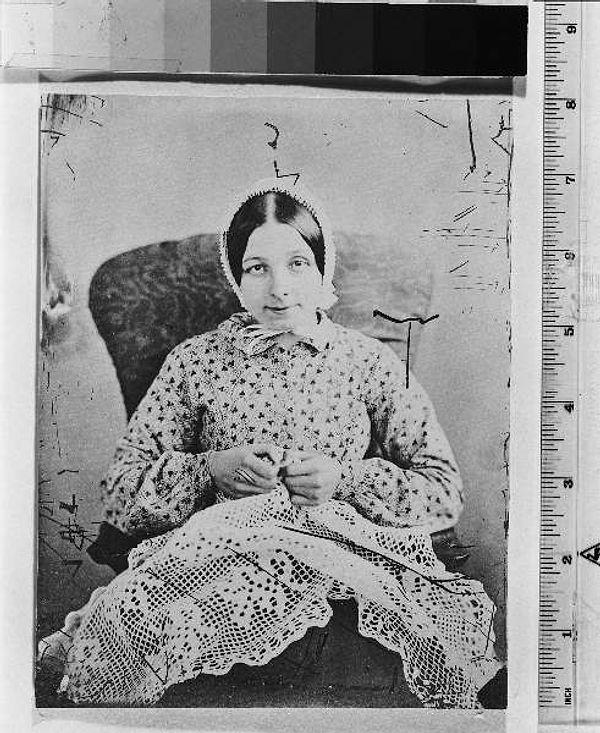
George Johnson (Murder)
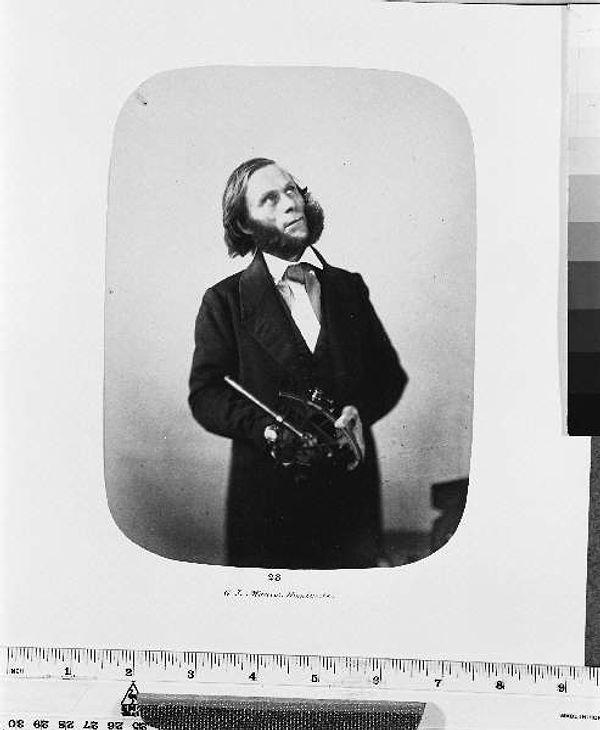
Harriet Jordan (Bipolar disorder)
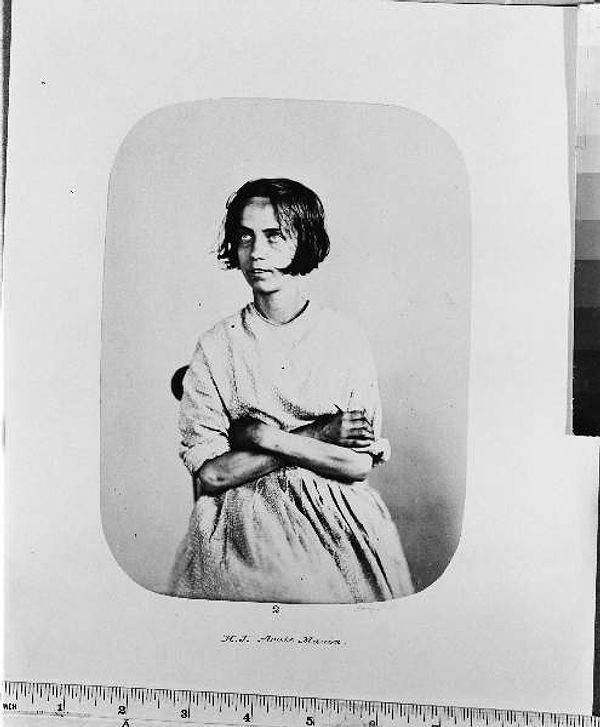
Hannah Still (Psychosis)
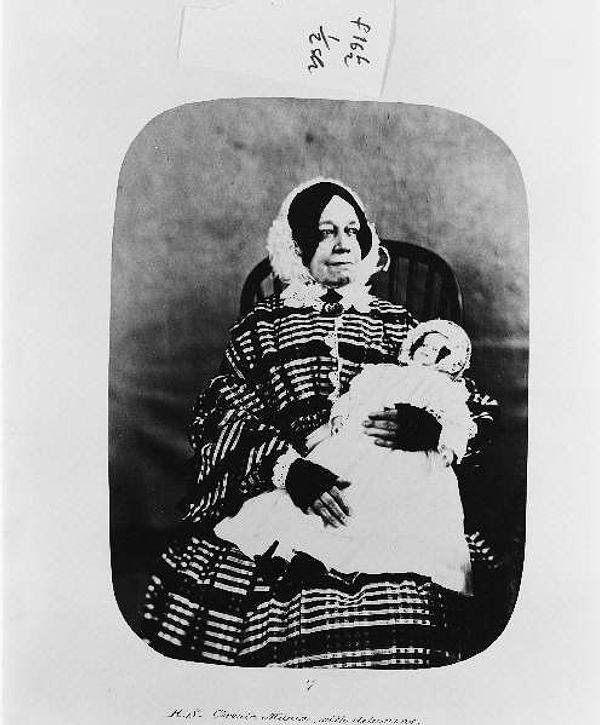
Father & son John and Thomas Bailey (Acute melancholia)
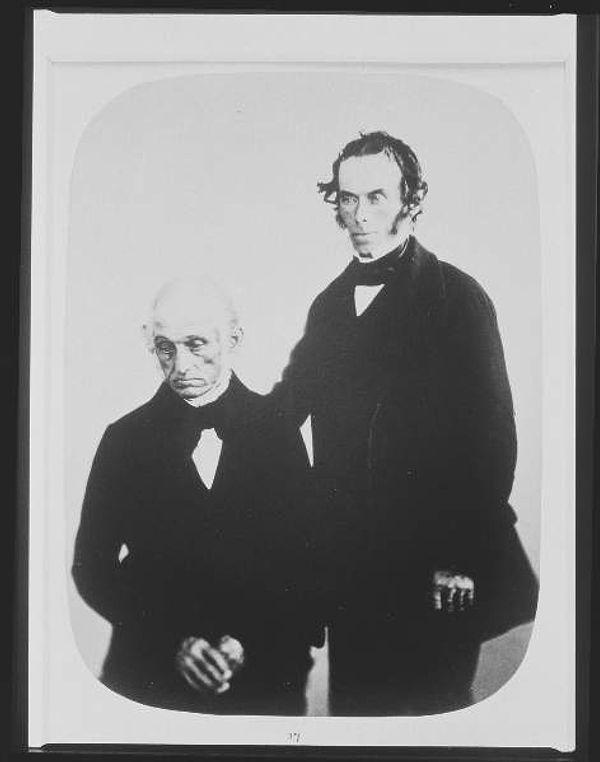
Like father, like son... Both of them were admitted to the hospital with the same diagnosis.
Eliza Josolyne (Acute melancholia)

Keşfet ile ziyaret ettiğin tüm kategorileri tek akışta gör!

Send Comment